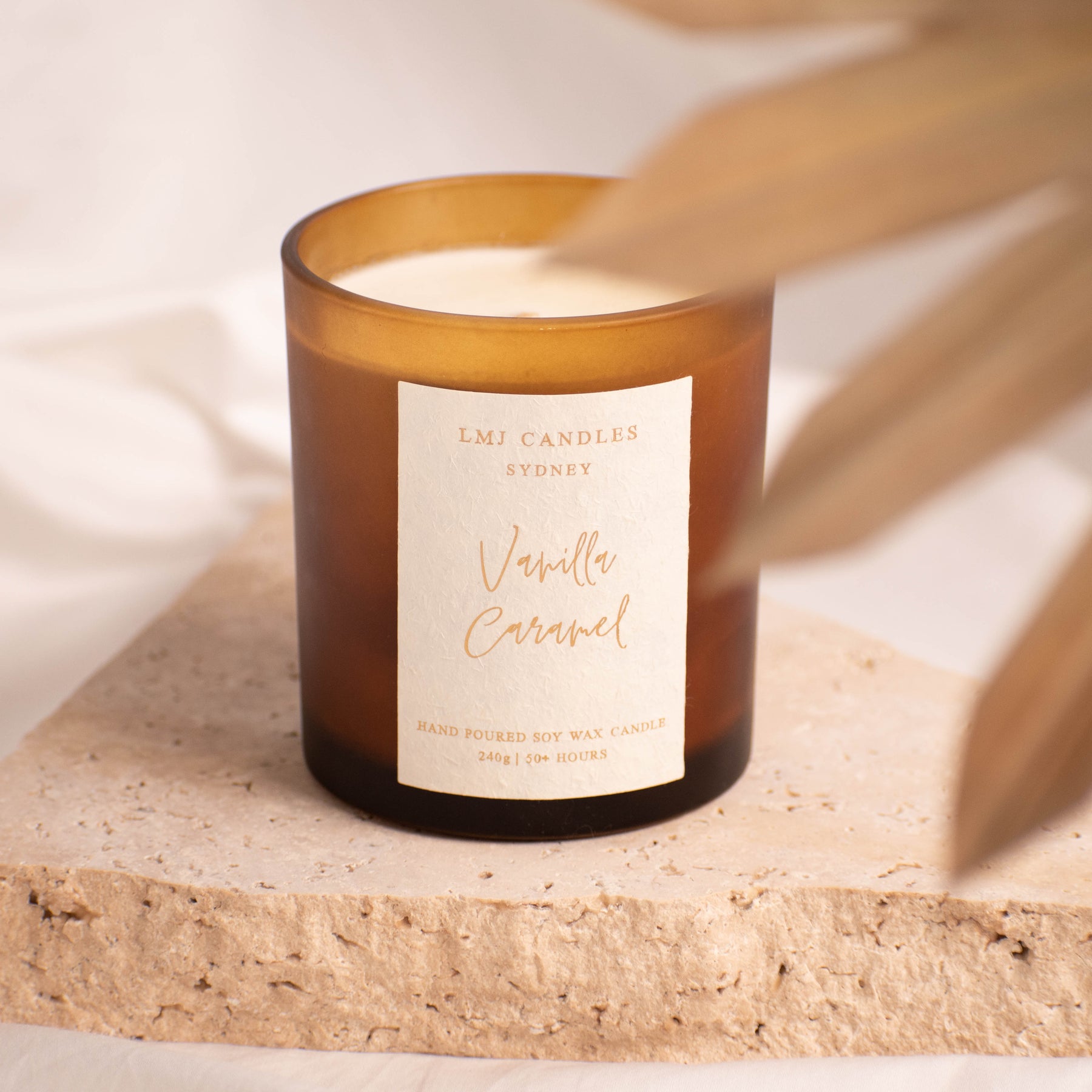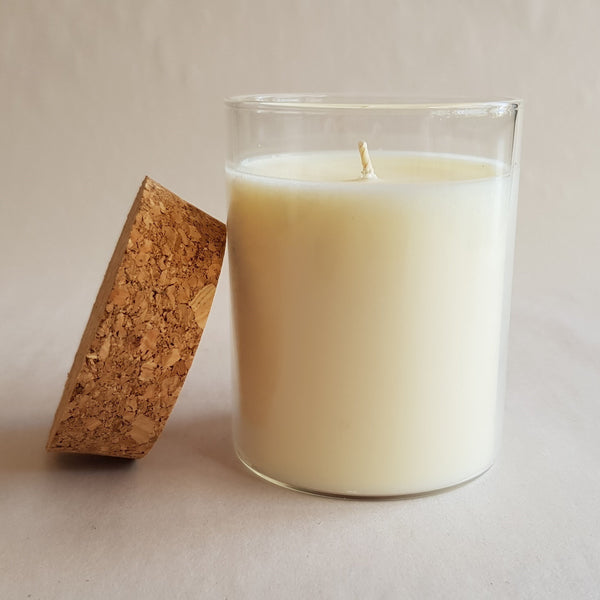Create Setting with Handmade Soy Wax Candles and Home Fragrance
Wiki Article
From Wick to Wax: Recognizing the Chemistry Behind Soy Wax Candles and Their Ecological Influence
As we brighten our areas with the cozy radiance of candle lights, there exists a world of elaborate chemistry behind the apparently basic act of lighting a soy wax candle light. Join us as we decipher the clinical intricacies behind soy wax candle lights and discover their implications on our environment.Soy Wax Vs. Paraffin Wax
When contrasting soy wax and paraffin wax for candle making, it is necessary to recognize the distinctive attributes and benefits of each product. Soy wax is a natural, renewable energy acquired from soybean oil, making it naturally degradable and green - soy wax candles. In comparison, paraffin wax is a by-product of oil refining, which elevates issues regarding its ecological influence and sustainabilitySoy wax candles shed cleaner and discharge much less soot contrasted to paraffin wax candles, making them a much healthier option for interior air quality. In addition, soy wax has a lower melting factor, permitting a longer-lasting candle that spreads fragrance more efficiently. Paraffin wax, on the various other hand, often tends to melt faster and much less cleanly, potentially releasing damaging chemicals into the air.
From a sustainability perspective, soy wax is preferred for its biodegradability and renewable sourcing, aligning with the expanding consumer choice for eco aware products. While paraffin wax has been a traditional selection in candle light making because of its affordability and ease of use, the change towards environmentally friendly options like soy wax is gaining momentum in the industry.
Chemical Structure of Soy Wax

Burning Refine in Soy Candles
The chemical structure of soy wax straight influences the combustion process in soy candle lights, impacting factors such as shed time, fragrance release, and ecological impact. When a soy candle light is lit, the heat from the fire melts the wax near the wick.
The burning efficiency of soy candles is influenced by the pureness of the soy wax and the top quality of the wick. Additionally, soy wax candles have a reduced ecological influence contrasted to paraffin candles due to their eco-friendly and renewable nature.

Ecological Benefits of Soy Wax

Thought about a sustainable choice to traditional paraffin wax, soy wax uses notable ecological benefits that make it a preferred selection among eco-conscious consumers. Soy wax burns cleaner and generates less residue than paraffin wax, adding to better interior air top quality and lowering the demand for cleaning and maintenance. Generally, the ecological benefits of soy wax align with the expanding need for environmentally friendly and lasting items in the market.
Recycling and Disposal Considerations
Recycling and appropriate disposal of soy wax candle lights play a critical duty in maintaining environmental sustainability and decreasing waste in families and areas. The initial step is to ensure that the candle has burned completely when it comes to recycling soy wax candles. This can be achieved by allowing the candle to burn until the wick is no much longer useful, and afterwards allowing the continuing to be wax cool and strengthen. As soon as the wax has actually strengthened, it can be meticulously gotten rid of from the container.
In terms of disposal, if recycling is not an option, soy wax candles are naturally degradable and can be securely taken care of in the majority of family waste systems. It is always recommended to examine with regional reusing centers or waste monitoring services for specific standards on candle disposal to make sure crystal soy candles appropriate handling and environmental defense.
Conclusion
To conclude, the chemistry behind soy wax candles discloses their environmental benefits over paraffin wax candles. Soy wax, stemmed from soybean oil, burns cleaner and produces less soot when contrasted to paraffin wax. The combustion process in soy candle lights is extra effective, resulting in a much longer and more even shed. In addition, soy wax is eco-friendly and biodegradable, making it a much more sustainable selection for candle production. Recycling and correct disposal of soy wax candles further add to their environmental influence.When comparing soy wax and paraffin wax for candle light production, it is crucial to understand the unique attributes and advantages of each material (crystal soy candles).Soy wax candles shed cleaner and emit less soot compared to paraffin wax candle lights, making them a healthier choice for indoor air high quality.Taken into consideration a lasting option to standard paraffin wax, soy wax supplies remarkable ecological advantages that make it a preferred selection among eco-conscious customers. Soy wax burns cleaner and generates much less soot than paraffin wax, adding to far better interior air top quality and reducing the need for cleaning and maintenance.In conclusion, the chemistry behind soy wax candles reveals their environmental advantages over paraffin wax candle lights
Report this wiki page